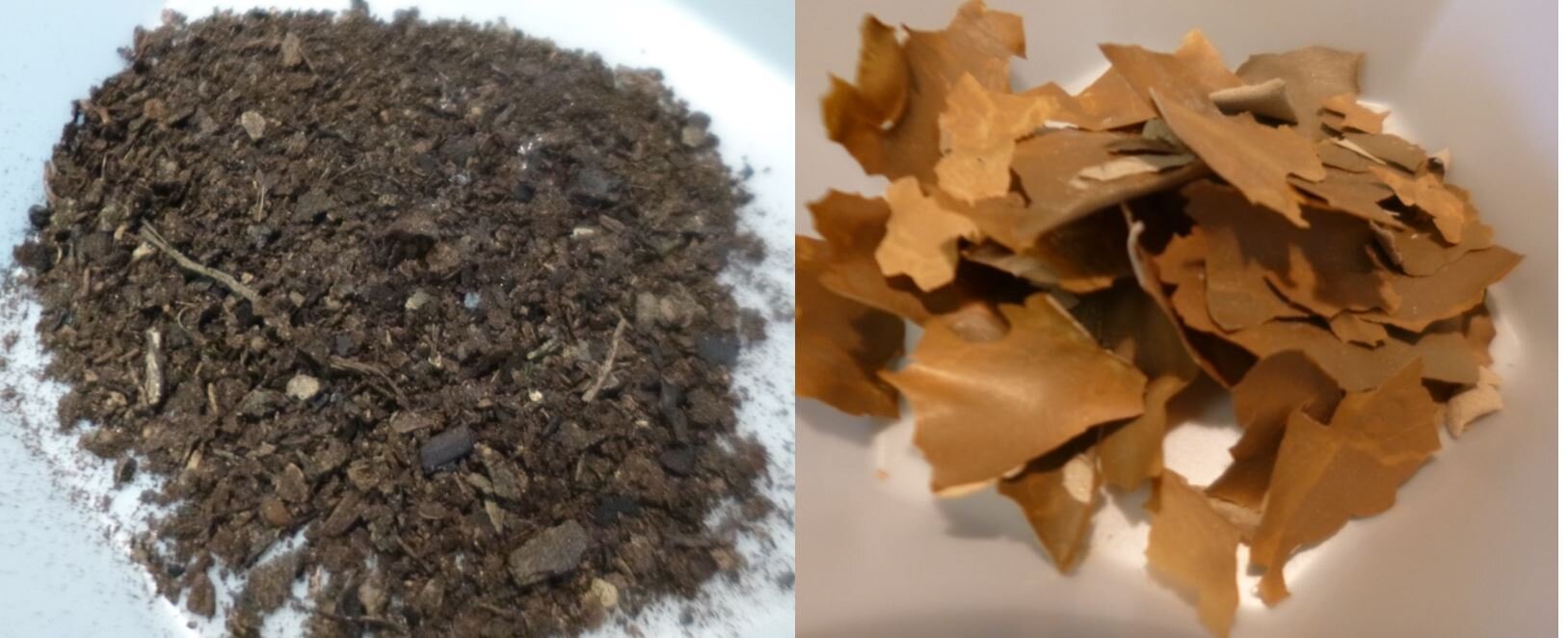Not all soil carbon is created equal: The key thing soil carbon initiatives are missing
Dr. Jocelyn lavallee
Postdoctoral Fellow, Colorado State University
Soil sampling in the field. Reliable soil carbon data requires a consistent soil sampling scheme, often done by depth increment (e.g. 0-20 cm). After soil cores have been separated into different depth increments, POM and MAOM separation are performed on each one.
Soil is increasingly in the news. Maybe you’ve seen or heard something like this recently: “soils can help to fight climate change”, “healthy soils support healthy crops”, or “dirt can save the earth”. But what is it about soil that warrants all this attention? It stores carbon.
Soil carbon is receiving a huge amount of interest from many sides – everyone from farmers to policy makers to industry leaders – because it presents an opportunity to mitigate climate change and provide food security for our rapidly growing population. But not all soil carbon is equal. There are two distinct types of soil carbon, and we can’t manage soil carbon effectively without understanding and considering both of them.
But first, what is soil carbon and why is it so useful to us? Soils are mixtures of inorganic mineral particles – sand, silt and clay – and organic matter that comes from breakdown of plants and animals. Typically, that organic matter makes up less than 10% of a soil by weight, but it is hugely important. Soil organic matter improves soil in many ways: it gives soil its structure (think of how soils are usually chunky and aggregated, unlike a pile of sand with no organic matter), it holds water so that plants can take it up, it contains nutrients that plants can use to grow, and performs lots of other helpful functions. Soil organic matter also contains carbon, and building soil organic matter takes carbon out of the atmosphere, decreasing atmospheric greenhouse gas concentrations. So, soil organic matter and the carbon it contains improves soil health, plant growth, and helps to fight climate change.
After soils are collected from the field, roots are removed before further processing. Photo credit: Samantha Mosier.
Soil carbon represents a pretty big win-win when it comes to agriculture, which is why so many people are interested in it. Initiatives such as ‘4 per mille’ and Terraton aim to sequester huge amounts of carbon in soils. The recent 2018 US Farm Bill, for the very first time, includes provisions that incentivize farmers to adopt agricultural practices aimed at improving soil health and sequestering soil carbon. These initiatives and incentives are incredible steps in the right direction, but they are all missing a huge point: not all soil carbon is equal.
What soil scientists have known for a long time, but have failed to communicate to the public, is that there are different types of soil organic matter, and hence, soil carbon. These behave differently and ultimately have very different impacts on plant growth, soil structure, and carbon sequestration. While there is a lot of complexity when it comes to soil organic matter that can quickly become confusing, there is one clear contrast that exists and (in our opinion) should be the underlying framework for soil organic matter management. This is the contrast between particulate organic matter (POM) and mineral-associated organic matter (MAOM).
Michelle separating POM from MAOM in the lab. Photo credit: Rebecca Even.
POM is the stuff you can generally see; it contains partially decomposed plant material and organic fragments. MAOM, on the other hand, is found as microscopic coatings on soil particles and is made mostly of the bodies and byproducts of teeny, tiny bacteria and fungi. Since MAOM is stuck to soil particles, it tends to stay in the soil for a lot longer, whereas POM is vulnerable to decomposition by soil microbiota and gets broken down much faster. Microbiota (bacteria and fungi) are constantly decomposing soil organic matter, taking some of it in to build their bodies and releasing some of it as carbon dioxide to the atmosphere. POM is also more vulnerable to agricultural practices that disturb the soil, such as tillage. So, POM isn’t as good of a means to sequester carbon in soil for the long-term as MAOM.
What POM (left) and MAOM (right) look like after they’ve been separated from each other. Photo credits: Michelle Haddix.
Lots of agricultural practices to increase soil carbon might inadvertently focus on POM more than MAOM. For example, adding corn stover, which tends to turn into POM more than MAOM. The result may be higher soil carbon in the short-term, but if that field gets tilled the next year, most of that POM could decompose and the previous year’s soil carbon sequestration would be quickly reversed.
But POM isn’t useless! Because it’s available to plants and microbes and cycles quickly, it can be a very useful source of nutrients in soils. Practices that focus on producing high-quality POM with lots of nutrients can help boost crop productivity. Planting legumes and adding that plant material to the soil one possible way. The key to managing POM and MAOM is knowing which will help achieve specific goals in a given situation, and what practices will favor one or the other. Some practices might increase both POM and MAOM, providing multiple benefits at once.
Talking and thinking about soil organic matter and soil carbon as a single entity ignores the fundamental differences between POM and MAOM, and could lead us down the wrong management paths. If we really want to sequester soil carbon for the long term, and improve soil health and crop yields, we need to understand how POM and MAOM work, how our practices affect them, and how we can balance the two to meet our climate and food security needs.
For more details on POM and MAOM, see our recent opinion paper in Global Change Biology.
Scanning electron microscope images of POM and MAOM, with close-ups of plant structures in POM and soil mineral clusters in MAOM.





